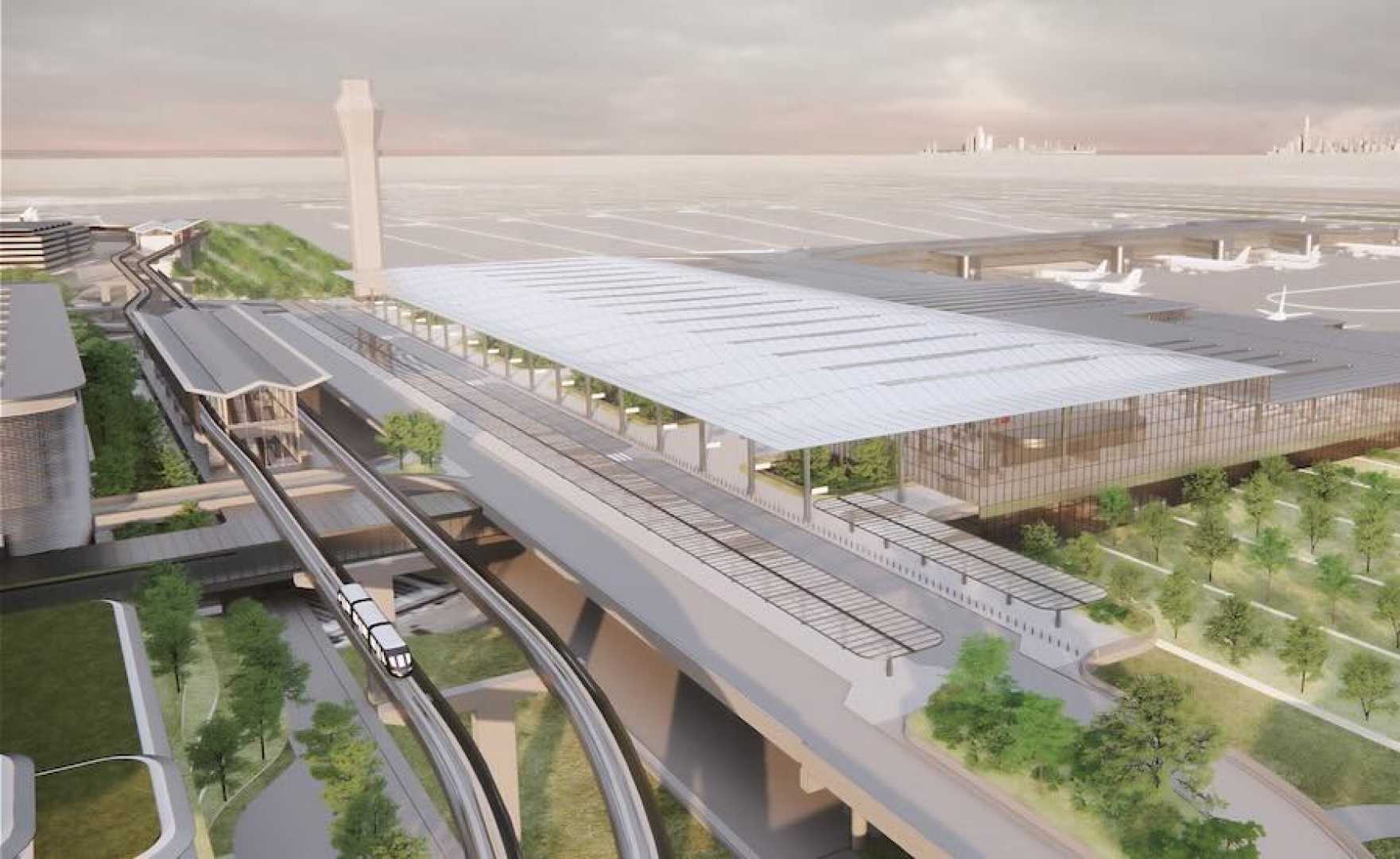News
Newark Liberty International Airport Faces Significant Updates and Challenges

Newark Liberty International Airport (EWR) is undergoing several significant updates and facing some challenges that are set to impact travelers. One of the major developments is the new $2.7 billion Terminal A, which has recently received a global award for its state-of-the-art facilities and design. This terminal, primarily serving domestic flights, is part of the airport’s efforts to enhance the passenger experience.
In addition to the new terminal, the Transportation Security Administration (TSA) checkpoints at Newark Liberty have been equipped with advanced computed tomography (CT) scanners. These scanners are designed to improve security and efficiency for travelers, aligning with the airport’s broader modernization efforts.
The airport’s AirTrain system, which connects the terminals and various airport facilities, is also undergoing a major overhaul. The cost of the new AirTrain EWR project has swelled by 70% to $3.5 billion due to rising inflation, construction delays from the pandemic, and increased risk premiums for large infrastructure projects. The project, which includes a 2.5-mile elevated rail structure and three new stations, is expected to begin construction in 2025 and be ready for passenger use by 2030.
Meanwhile, the airport is experiencing flight disruptions due to staffing issues. The Federal Aviation Administration (FAA) has issued a ground delay program for EWR, which is expected to remain in effect through at least late November 15. This has resulted in significant delays, with flight departures to EWR delayed by an average of 109 minutes as of the afternoon of November 15.
Despite these challenges, passengers can still navigate the airport using the existing AirTrain Newark, which operates 24/7, or by walking or using the free shuttle bus service between the three terminals: Terminal A, Terminal B, and Terminal C, primarily used by United Airlines.












